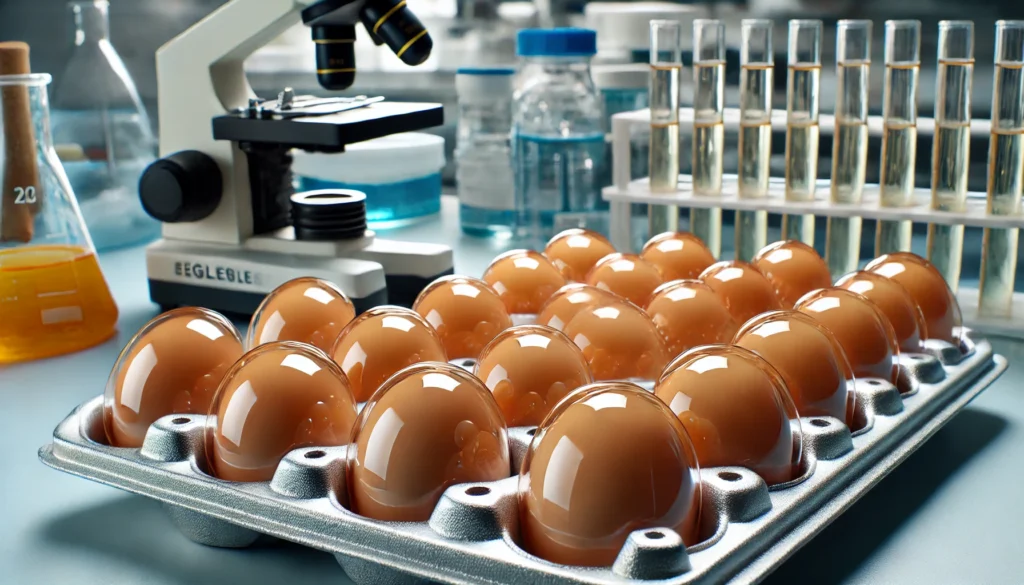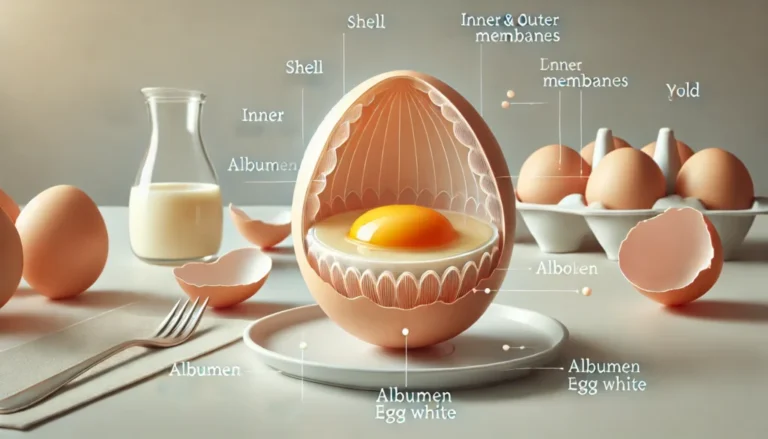The development of an egg is a complex biological process that occurs in various animals, particularly in birds, reptiles, and some mammals. This process is crucial for reproduction and the continuation of species. In this article, we will delve into the stages and mechanisms of the egg development process, exploring the biological intricacies, environmental factors, and evolutionary significance. Understanding this process is essential for anyone interested in biology, embryology, or the reproductive systems of animals.
1. The Formation of the Egg: Oogenesis
The development of an egg begins with oogenesis, which is the process of egg cell formation in females. This occurs in the ovaries and involves the maturation of primary oocytes (immature egg cells) into mature eggs ready for fertilization. The oogenesis process involves several stages: the primary oocyte is initially arrested in a specific stage of division, and as the female matures, hormonal signals stimulate these cells to continue their development. In many species, only a limited number of eggs are produced in a lifetime, making the oogenesis process a critical part of reproductive biology.
The hormonal control of oogenesis is complex and involves the release of hormones like follicle-stimulating egg deleup process from the pituitary gland, which help regulate the maturation of oocytes and the secretion of estrogen. These hormones guide the selection of eggs that are most likely to mature and be released during ovulation. The quality and timing of egg maturation significantly impact fertility and reproductive success.
2. Egg Yolk Formation: The Role of Nutrients
Once the egg cell is formed, it undergoes further development, starting with the accumulation of nutrients, particularly yolk, within the egg. The yolk serves as the primary nutrient source for the developing embryo. It is rich in proteins, lipids, and other vital nutrients that will sustain the developing embryo during its early stages of growth before it can absorb nutrients from the outside world.
The formation of the yolk begins with the deposition of lipid molecules in the cytoplasm of the egg cell. Over time, these lipids accumulate, and the yolk becomes a dense, nutrient-rich core. In many species, especially birds, the yolk is crucial for the successful development of the embryo, as it provides the energy and building blocks needed for early cell division and growth.
3. Formation of the Egg White (Albumen)
The albumen consists mostly of water, proteins, and minerals, and its primary function is to provide a protective layer for the yolk. This layer acts as a cushion, protecting the delicate yolk from physical damage during the egg’s transport or movement within the female reproductive system.
The albumen also plays a role in cushioning the embryo once fertilization occurs. Additionally, it provides nutrients such as proteins and water, which are essential for the developing embryo’s early cellular processes.
4. Egg Shell Formation: Protection and Structure
This outer shell serves as a protective barrier, safeguarding the contents of the egg from bacteria, physical damage, and environmental stress.
The shell’s thickness, color, and texture can vary significantly among species, but all eggs have a similar structure that includes egg deleup process that allow gases like oxygen and carbon dioxide to pass through, enabling respiration for the embryo. In some animals, the eggshell may even contain pigments that help camouflage the egg or protect it from ultraviolet light.
5. Hormonal Regulation of the Egg Development Process

These hormones include estrogen, progesterone, and testosterone, which interact to regulate the growth and maturation of the egg.
The process of egg development and maturation, driven by hormonal signals, ensures that eggs are available for fertilization at the appropriate times during the reproductive cycle.
6. Fertilization and Early Embryonic Development
The fertilization process triggers the egg to begin dividing and developing into an embryo. During this early stage of development, the egg provides all the essential nutrients for the growing embryo, relying on the yolk, albumen, and shell to protect and nourish it as it undergoes cellular division.
The timing of fertilization and the quality of the egg at the time of fertilization significantly impact the embryo’s chances of successful development.
7. Environmental Factors Affecting Egg Development
Egg development is highly susceptible to environmental factors, which can either promote or hinder the process. Temperature is a critical factor in many species, as eggs typically require a specific temperature range for optimal development. This is especially true for reptiles, birds, and amphibians, where incubation conditions directly influence the survival and development of the embryo.
Other environmental factors, such as light, humidity, and the presence of chemicals or pollutants, can also play significant roles in the successful development of eggs. In modern agriculture, understanding how these factors affect egg development has led to the creation of controlled environments like incubators, which mimic natural conditions to ensure the survival and health of eggs until hatching.
Conclusion: The Complexities and Wonders of Egg Development
The egg development process is a marvel of biological engineering, involving complex hormonal, biochemical, and environmental interactions. Understanding this process not only deepens our knowledge of reproduction in animals but also provides insight into the evolution of life on Earth. Whether in the wild or under controlled conditions, the egg serves as both a vessel of life and a symbol of the intricate and diverse processes that sustain species across the globe.

